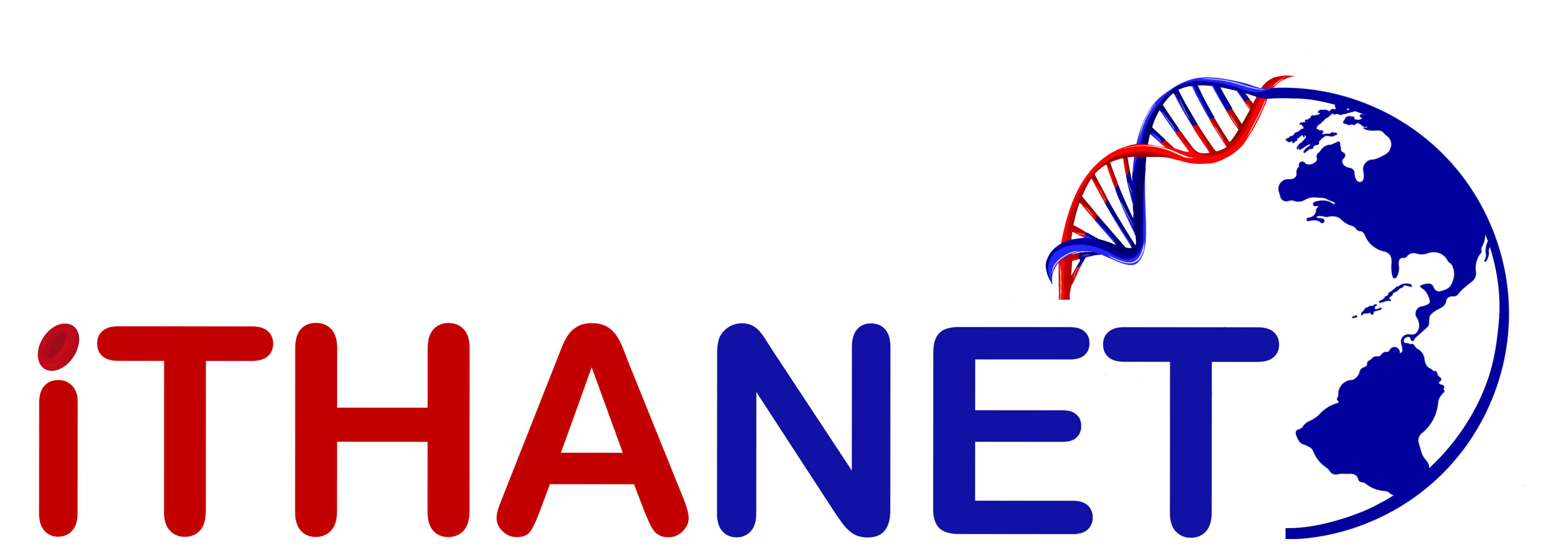GeneID: 99
Names
| Common Name: | SMAD9 | Type: | Gene |
|---|---|---|---|
| Chromosome: | 13 (NC_000013.11) | Locus: | NG_016963.1 (SMAD9) |
| HUGO Symbol: | SMAD9 | Full Name: | SMAD family member 9 |
| Exons: | 7 | Introns: | 6 |
Description:
SMAD9 is a member of the SMAD family of proteins, which act as transcriptional regulators in the transforming growth factor β (TGFβ) signalling pathway. The encoded protein belongs to the group of receptor-regulated SMADs (SMAD1, SMAD5 and SMAD9) activated by bone morphogenetic protein (BMP)-bound receptor kinases. BMPs are signalling molecules that belong to the TGFβ family of proteins and participate in several processes including cell growth, development, morphogenesis, apoptosis and immune responses. The phosphorylated form of this protein associates with the common-mediator SMAD4 in the cytoplasm to form an active complex, which in turn translocates to the nucleus to modulate the transcription of target genes. Polymorphisms in this gene associated with leg ulceration in sickle cell patients. Two transcript variants encoding different isoforms have been found for this gene.
Synonyms: SMAD8 , SMAD8/9 , MADH6 , MADH9
Comments:
N/A
Number of entries/variants: 1
Sequence Viewer
Publications / Origin
- Heldin CH, Miyazono K, ten Dijke P, TGF-beta signalling from cell membrane to nucleus through SMAD proteins., Nature , 390(6659), 465-71, 1997 PubMed
- Nolan VG, Adewoye A, Baldwin C, Wang L, Ma Q, Wyszynski DF, Farrell JJ, Sebastiani P, Farrer LA, Steinberg MH, Sickle cell leg ulcers: associations with haemolysis and SNPs in Klotho, TEK and genes of the TGF-beta/BMP pathway., Br. J. Haematol. , 133(5), 570-8, 2006 PubMed
